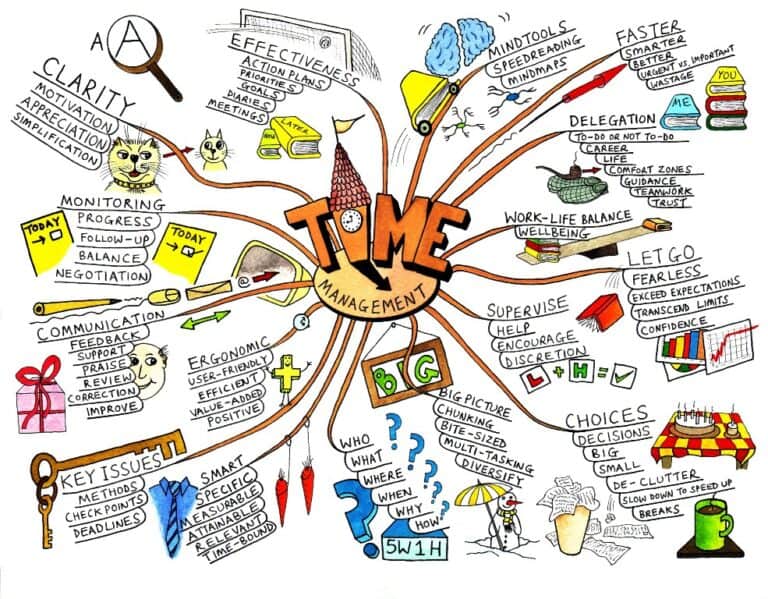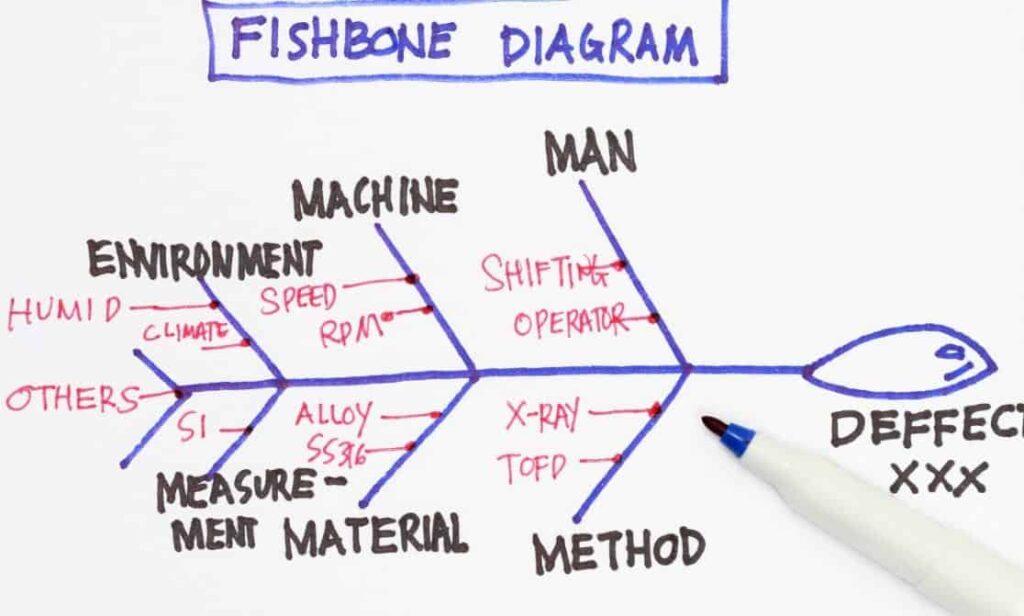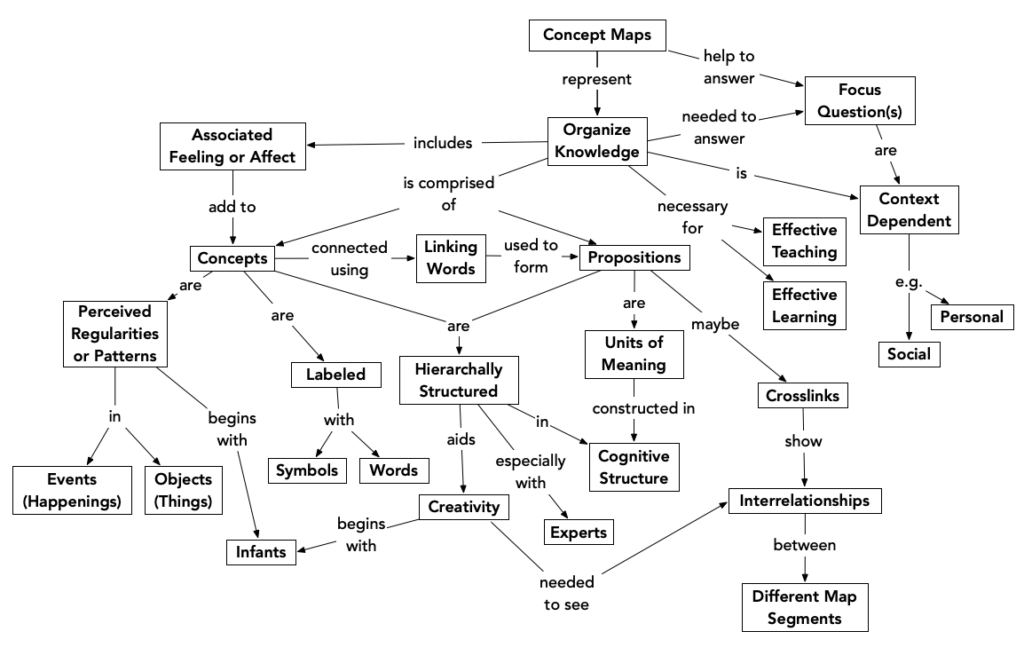Ideas are like shooting stars; they appear out of nowhere and slowly fade away into oblivion. It is indeed tough to always come up with new ideas every now and then, especially if you are getting paid to do so. Sometimes, brainstorming in groups also doesn’t quite work out and you end up spiraling in frustration and anger.
There are, however, certain methods that are actually designed to help you brainstorm. Visual brainstorming techniques are scientifically researched methods and have been proven to be very effective in bringing out new ideas and helping in creative thinking.
Visual brainstorming and thinking can help you get the most output from your mind. This representation of ideas can be further noted down in the form of texts, drawings, and other visual methods.
These techniques are not a magic spell that guarantee a solution, but are just procedures that help you step away from the chaos in your brain and towards a systematic method of visualising your thought process.
1. Mind Mapping
Mind mapping works like a visual tool to organize information that is in your mind. This technique helps you articulate clearly what you are thinking.
This helps you make sense of the information in your mind with what you are actually trying to gain from that information into an idea. This method might be the easiest and most utilized method for visual brainstorming.
Procedure
- First start by writing the main topic or premise of the idea into a bubble in the middle of your book.
- Then, branch out sub-topics around the main bubble, that are in any way or form linked with the premise or base idea of your topic.
- You can add more details and information to the chart as much as you like, but always remember to add the most relevant information relating to your topic.
- There are plenty of mind mapping softwares available for download if you prefer using your computer.

2. Fishbone Diagrams Or Reverse Brainstorming
Reverse brainstorming is actually a unique way to get new ideas. Unlike many other visual brainstorming techniques where you would generally find a solution to a problem, the
Fishbone method focuses on creating the problem first and then finding different methods of solutions for the problem. This gives a new perspective to an idea or solution giving you a deeper picture of the problem rather than the solution.
Procedure
Consider this diagram as a fish bone. Place the main problem in a triangle at the leftmost side of your page.
- Then branch out more problems that can further worsen the main problem in the form of other bones of the fish.
- Now try to find out solutions to the problem and do not reject or dismiss any solution.
- In the place of the fish bones, further branch them out a little, stating the solution for each problem that the diagram states.
- Now, you can use this diagram to analyze all the potential problems and solutions clearly.

3. Concept Mapping
Concept mapping is actually a teaching and learning technique for complicated concepts, but many times, it can be used as a method for visual brainstorming as well.
Concept mapping visually illustrates the connection between concepts and ideas, helping someone to organize and structure the information and further discovering new methods to optimize the idea and concept clearly.
Procedure
- First identify the key topic or concept you want to brainstorm about. Then write it down in a large bubble in the middle of the page.
- Next, find out other supporting concepts and information that strengthen the main idea and concept and start branching them out in other various bubbles according to their importance with the main idea.
- Once the branching of other ideas is done, connect all the concepts to the main idea.
- This gives you a mental map type of structure but in a more detailed manner.

Conclusion
Visual brainstorming is one of the most useful methods to come up with new ideas and implement them in a much more systematic way. This can help you gain more information on the idea, it can help you find potential flaws, and can also pave the way for newer and more clear thinking. But these methods take some practice and patience, so hang in there and visualize away!
